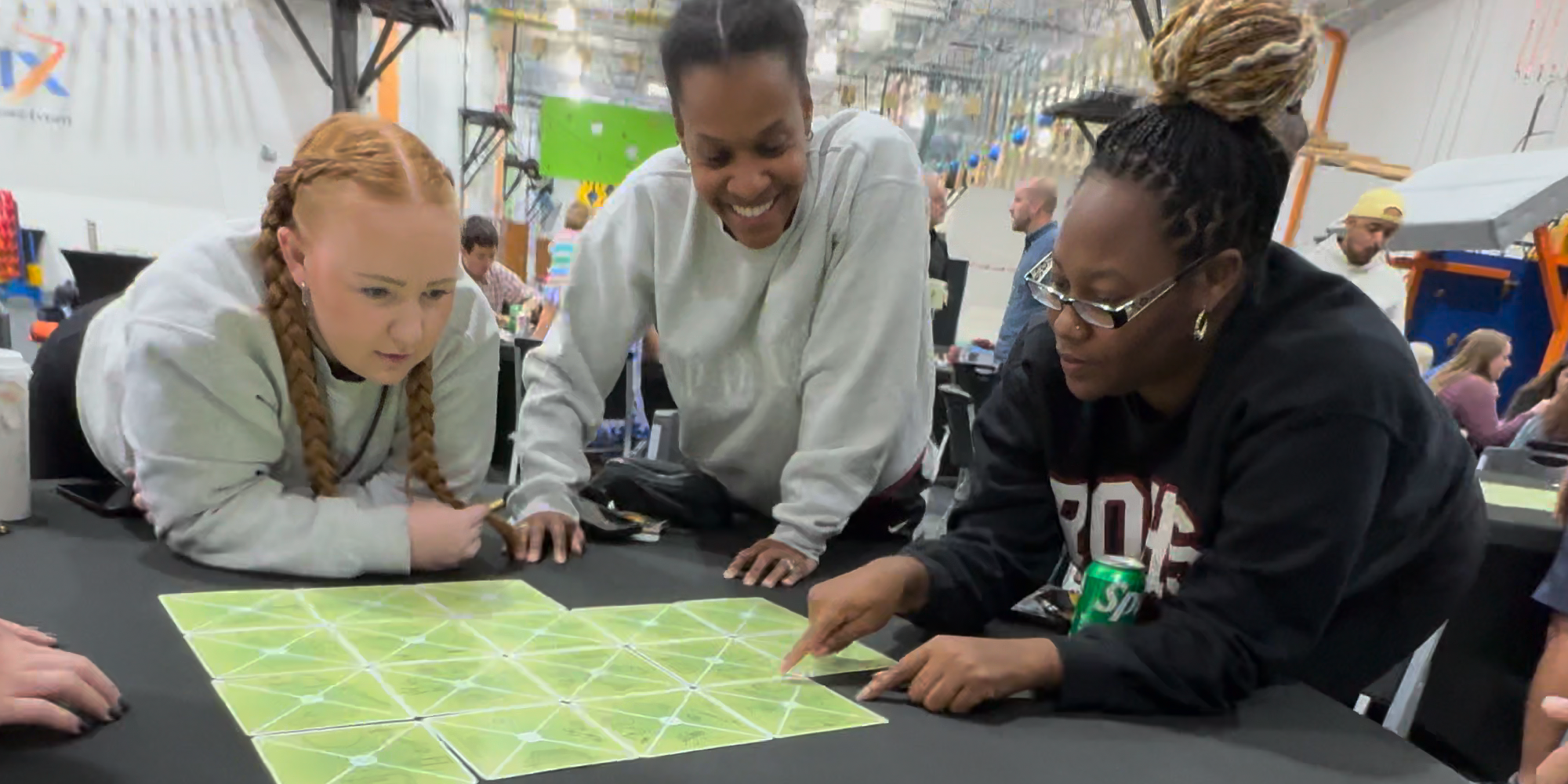One of the most common issues I hear teachers talk about is how to engage their students. We all get distracted, but young people are especially prone to losing focus frequently, and naturally, this has an impact on learning.
Research now tells us that offering regular, short ‘brain breaks’ can be a wonderful intervention to engage students for longer periods of time. Importantly, this strategy also offers many other potential benefits.
In one particular study, conducted by Karrie Goodwin (Carnegie Mellon University,) the research showed that elementary (primary school) students spent over a quarter of their time in class distracted, unable to focus on the teacher or the current task. Shorter lessons, however, kept student attention high. Teachers also found it more effective to give several short 10-minute lessons instead of fewer, longer 30-minute lessons.
Interestingly, the study also discovered that frequent brain breaks also boost brain function, reduce stress and increase productivity.
In another study, Mary Helen Immordino-Yang (USC and MIT) discovered that brain breaks were not simply opportunities for the brain to rest and be idle, so to speak. Mary concluded that brain breaks were vital to learning because this ‘rest’ mode was crucial for consolidating memories, reflecting on past experiences, and planning for the future – in other words, it helped shape how students made sense of their learning and their lives.
You can read more about these studies and dive deeper into the further benefits (stimulate curiosity, boost imagination, etc) of brain breaks here.
Activity Ideas for Fun Brain Breaks
To learn how to play a bunch of brain break activities, click here to start searching playmeo’s activity database.
Here are some fun and simple examples to get you started – Gotcha, One-Two-Three and Story of Your Name.
To be honest, any experience that is brief (1-5 minutes) is fun and attractive to young minds will work well as a brain break. Surprisingly, even doing nothing – that is, mindfulness – rates high on the brain break scale.
Whatever, have fun.

No Props? No Problem!
Get 150+ no-prop games & activities + exclusive 30-day free trial of playmeo. Scan QR codes to view activity videos, leadership tips, etc.

EMOJI Feeling Cards
50+ cards that portray a range of emotions from happy, sad, angry & confused. Ideal for building emotional literacy skills.

Wow, you’ve been busy!
You can open 1 more
activity for free.
Limit resets every 24 hours
or click below to get unlimited access.











Original post April 2018, last updated March 2024.